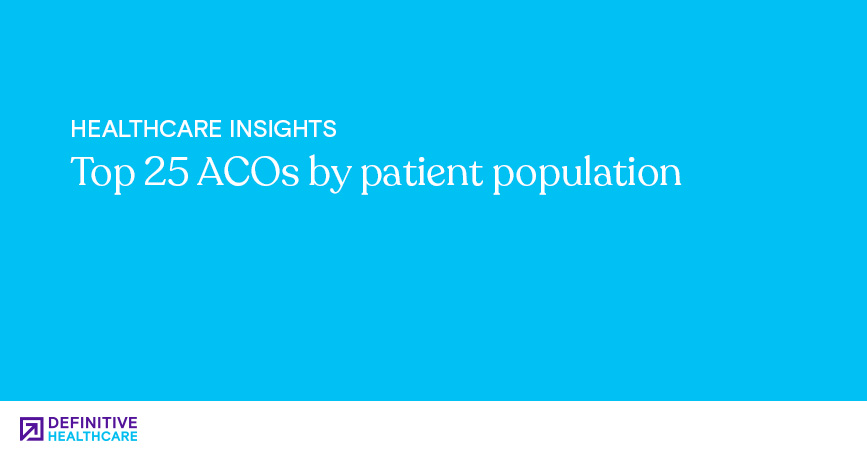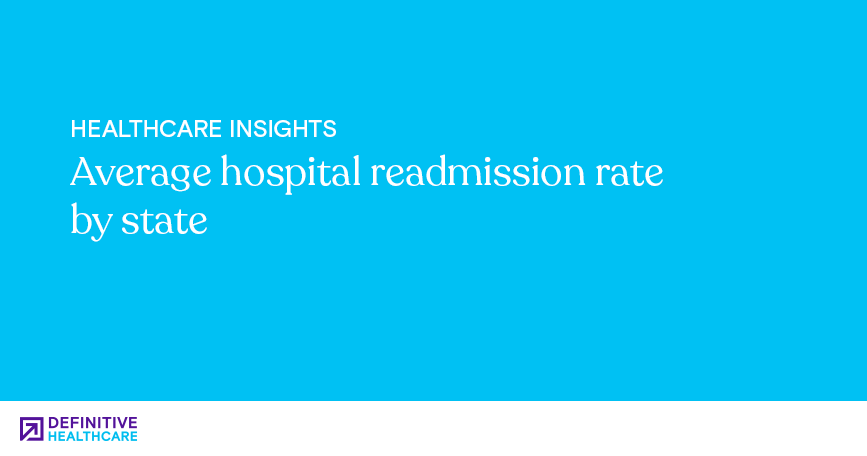Filter by Type

Top 10 hospitals with the most leukemia and lymphoma diagnoses
Discover the best leukemia hospitals and treatment centers in the U.S. Determine which hospitals have the highest number of diagnoses for leukemia and lymphoma.

Top U.S. hospitals performing heart transplants
Identify the best heart transplant hospitals by number of transplants performed. Discover the top cardiology hospitals performing the most heart transplants.

Top 10 hospitals performing TAVR procedures
Discover the top hospitals performing transcatheter aortic valve replacement procedures. Explore which hospitals performed the most TAVR procedures in the U.S.

Top 10 hospitals by labor and delivery births
Explore a list of the best labor and delivery hospitals by the total number of births. Identify the top maternity hospital for pregnancy and childbirth.

Top 25 ACOs by patient population
Identify the top ACOs in the U.S. by total patient population. Explore a list of accountable care organizations and see where the largest ACO is located.

Top 10 most common urology diagnoses
Explore a list of the top 10 urology diagnoses made by urologists. Discover the most common urology diseases, urology procedures, and urology surgeries.

Top hospitals performing the most lung transplants
Discover the top lung transplant hospitals by number of transplants performed. Review a list of the best hospitals for lung transplants across the U.S.

Average hospital readmission rate by state
Gain insight into the average hospital readmission rates across different states. Discover which states have the highest and lowest readmission rates.
